Search
Search Results
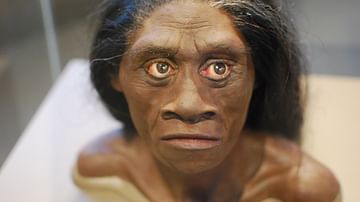
Definition
Homo Floresiensis
Homo floresiensis, nicknamed 'hobbit' because it only stood about 1 meter tall, is an extinct species of fossil human that lived on the island of Flores, Indonesia during the Pleistocene. Floresiensis is still shrouded in a fair bit of mystery...
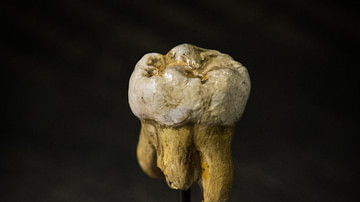
Definition
Denisovan
The Denisovans are an extinct group of fossil humans who, along with their sister group the Neanderthals, also share an ancestor with Homo sapiens. Thus far, they are known only from Denisova Cave in the Altai Mountains in Siberia, where...
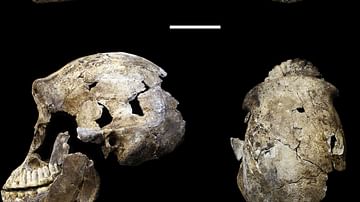
Definition
Homo Naledi
Homo naledi is an extinct species of human discovered in Rising Star Cave in South Africa in 2013 CE in what has become the biggest single-species hominin find in Africa to this day, which is moreover set to cause a bit of an avalanche within...

Definition
Long Barrow
A long barrow is a class of Middle Neolithic (approximately 3500-2700 BCE) burial monument which is found extensively throughout the British Isles and is related to other forms of contemporary tomb-building traditions of north-western Europe...
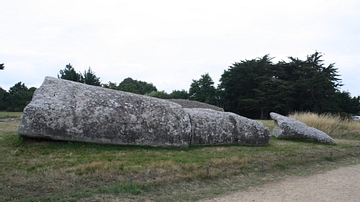
Image
Grand-Menhir, Locmariaquer
Three of the remaining pieces of the Grand-Menhir at the Neolithic site of Locmariaquer in north-west France. The menhir once stood 20 metres high and weighed 280 tons. It toppled and broke into four pieces c. 4,000 BCE, a few hundred years...
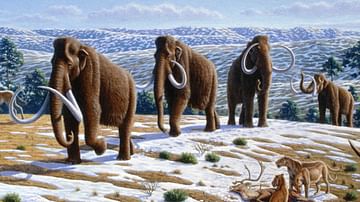
Article
Prehistoric Hunter-Gatherer Societies
Hunter-gatherer societies are – true to their astoundingly descriptive name – cultures in which human beings obtain their food by hunting, fishing, scavenging, and gathering wild plants and other edibles. Although there are still...
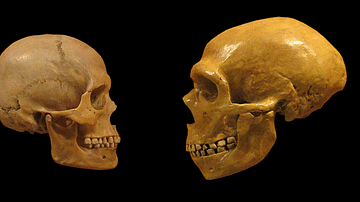
Article
The Neanderthal-Sapiens Connection
In May 2010, after years of intense discussions surrounding possible fossils of mixed Homo sapiens and Neanderthal descent floating around the scientific community, a team led by Svante Pääbo of the Max-Planck Institute for Evolutionary...
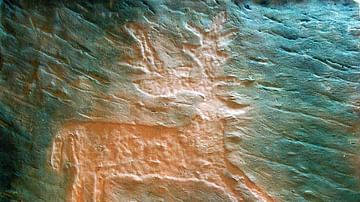
Article
Rock Drawings of Valcamonica
The rock drawings of Valcamonica are prehistoric petroglyphs carved in the glacier-polished, grey-purple Permian sandstone of the Camonica valley that extends for 90 km in the Italian provinces of Brescia and Bergamo in Lombardy. The name...
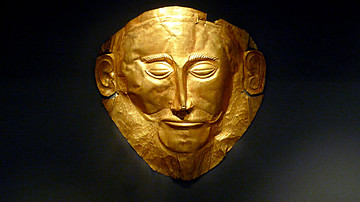
Definition
Mycenaean Civilization
The Mycenaean civilization flourished in the Late Bronze Age (c. 1700-1100 BCE), peaking from the 15th to the 13th century BCE. The Mycenaeans extended their influence throughout the Peloponnese in Greece and across the Aegean from Crete...
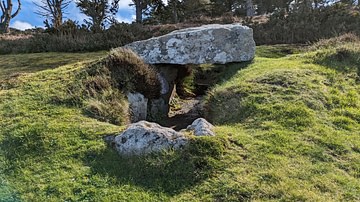
Image
Lower Innisidgen Burial Chamber
This chambered entrance grave is found on the island of St. Mary's in the Isles of Scilly. It consists of a rectangular chamber and capstones on top. The exact date it was built is still unknown, but pottery found at the site suggests that...